PLYING FOR INFO
Overviewing Modern Fishing Pliers with Paul MacInnis
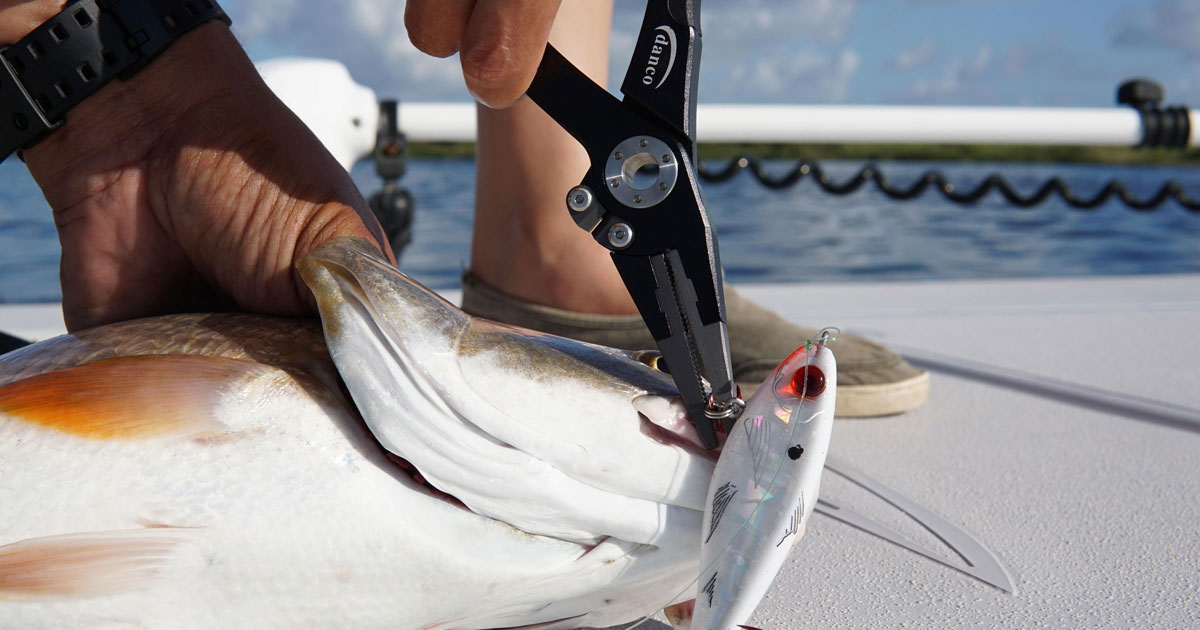
Paul MacInnis discusses the ins-and-outs of a good pair of saltwater fishing pliers.
My First Fishing Pliers
Every angler needs a good pair of fishing pliers for removing hooks, cutting line, crimping down barbs and various other essential tasks. My first pair of fishing pliers were a pair of needle nose I scavenged from my dad’s tool box. After one trip to the Lagoon I learned saltwater and carbon steel don’t mix. Corrosion crept into the hinge and you needed to be a bodybuilder to open and close the pliers. After many drops of oil and working the handles, I eventually got the pliers to loosen up again. To keep those pliers loose I had to wash them down with fresh water after every trip, let them dry, and apply machine oil to the hinge. Every time I used those pliers I got rust stained oil on my hands and in my pocket.
Thankfully, anglers today have many options when it comes to fishing pliers and they don’t have to deal with rust stained oil to use them. To learn more about modern fishing pliers, I talked to Craig McMicken, Marketing Manager for Danco Sports, Inc., the largest fishing plier manufacturer in the world. Danco offers more than 20 different models of pliers to cover every price point. These are available in over 20 colors, and combined with different options of jaws and cutters, it adds up to over 400 pliers to choose from.
Carbon Steel Fishing Pliers
You can still buy carbon steel fishing pliers today and usually for less than ten bucks. These are your cheapest option. They are strong, but can corrode quickly around saltwater and they typically have cutters that are fine for monofilament but don’t work well for braid. Carbon steel pliers made for fishing come with PTFE, chrome plating or other coatings that can stave off corrosion for awhile, but long term use will require regular maintenance of wash, dry and oil, especially after every saltwater trip.
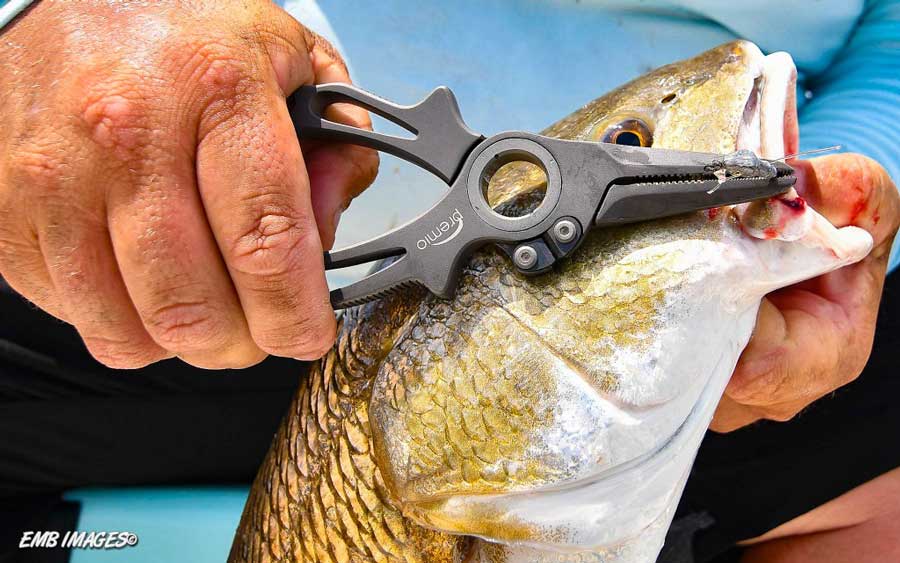
Paul removes a jig head from a redfish with a pair of Premio Pliers by Danco.
Stainless Steel Fishing Pliers
For about twice the cost of carbon steel, you can buy a pair of stainless steel pliers.
“Stainless steel is great all around for both fresh and saltwater,” says McMicken.
Quality stainless steel pliers aren’t expensive, but they are tough, corrosion resistant tools that can hold up to years of rough use. The downside of stainless steel is weight. They typically weigh of twice as much as aluminum and titanium pliers.
Aluminium Fishing Pliers
Aluminum is the most popular choice for fishing pliers and usually cost just a few bucks more than stainless steel. Aluminum is lightweight and highly corrosion resistant, but it’s the weakest of the common pliers materials. They are fine for typical freshwater and inshore saltwater applications, but if you try to twist or pry large saltwater hooks out of big strong fish, you could end up bending the jaws out of alignment. Aluminum is softer than the steel used for fish hooks, so to prevent wear and damage, quality aluminum pliers incorporate stainless steel, or even titanium jaw inserts.
Titanium Fishing Pliers
Titanium is the ultimate material for fishing pliers. It is a highly corrosion resistant material with the strength of steel and the weight of aluminum. But this quality comes at a price, literally. Expect to pay over $100 for titanium pliers. The Premio line of titanium pliers by Danco start at $129.99.
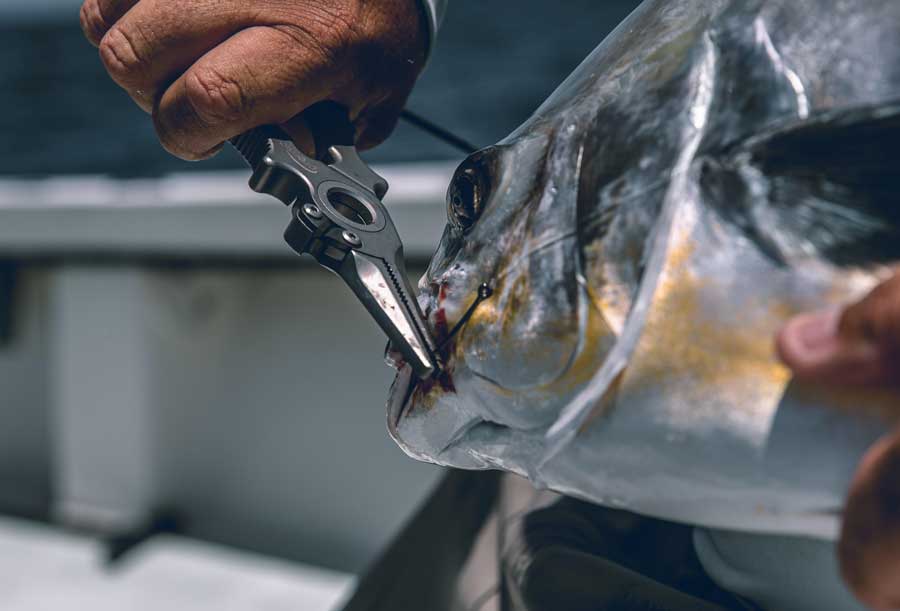
The Premio line of titanium fishing pliers by Danco start at $129.99.
Cutters
Like the pliers themselves, cutters also come in three different materials. Chrome-vanadium is what you will find on less expensive pliers. It works good for cutting braid, but will dull when used on monofilament and fluorocarbon. Tungsten carbide is the most common cutters material. It cuts monofilament, fluorocarbon and braid like butter and lasts a long time. Just don’t use tungsten carbide on wire or hooks, it’s a brittle material that could break. Titanium-cobalt is the most expensive of the cutter materials and the best. It easily cuts mono, fluoro, braid and even wire and light hooks, and is the longest lasting cutter material.
Cutters are located either between the jaws or outside the hinge, and it is up to personal preference as to which location is best. Most pliers have what I consider an annoying design flaw, a small gap at the base of the cutters. The line often falls into that gap and misses the cutters entirely. Well designed pliers, like those from Danco, include a small step behind the cutters that ensures your line always lines up with the blades.
“Basic styles of pliers are long jaw and short jaw,” says McMicken. “Most anglers use long jaw pliers because they are easier to reach into the fish’s mouth to remove a deep hook, but bear in mind, they are not as strong as short jaws.”
Short jaw pliers allow you to apply more force and torque so they can be a good choice for offshore fishermen or anyone who targets large fish using big hooks.
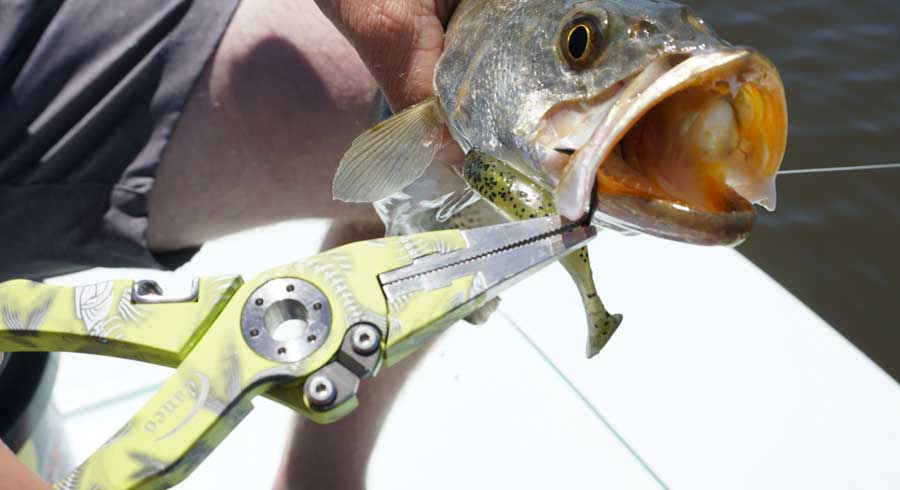
Good pliers makes catch and release for delicate species like snook quicker and easier.
More Plier Features to Consider
There are a couple of additional features that are necessary in a good set of fishing pliers. One is a spring loaded hinge that ensures the pliers are always open when you are ready to use them. Another is a place on the handles to attach a lanyard. I can’t tell you how many times a lanyard has saved me from losing pliers over the side of the boat.
There are many other features that may be useful depending on how you plan to use the pliers. Rubber inserts or covers on the handles can provide more comfort and a better grip, but won’t hold up long term as well as straight metal handles. Some pliers include a point at the tip of the jaws that is useful for opening split rings. Others incorporate notches or grooves in the jaws that can help when crimping barbs or split shot. Some pliers even have a locking mechanism to keep the pliers closed, which is handy if you like to carry your pliers in your pocket.
Search online and you will find a dizzying array of fishing pliers on the market, and some look pretty fancy in the pictures and come at a surprisingly low price. Be careful. Many of these are made from inferior materials with poor construction quality. Such pliers can be frustrating to use and won’t last long. Reputable manufacturers stand behind their pliers. Danco, for example, offers a lifetime warranty on all their pliers. You can see the full lineup of danco pliers at dancopliers.com.



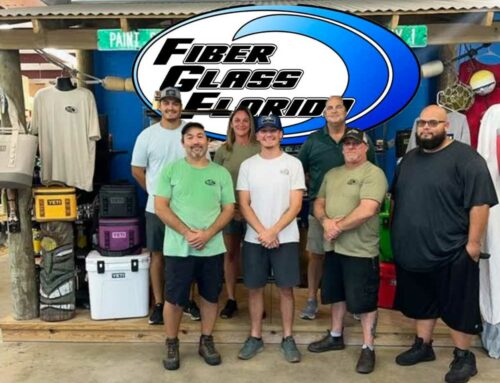
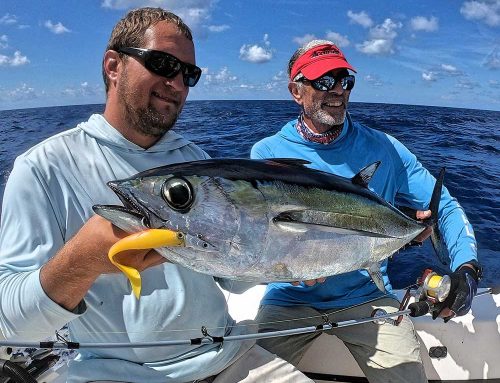
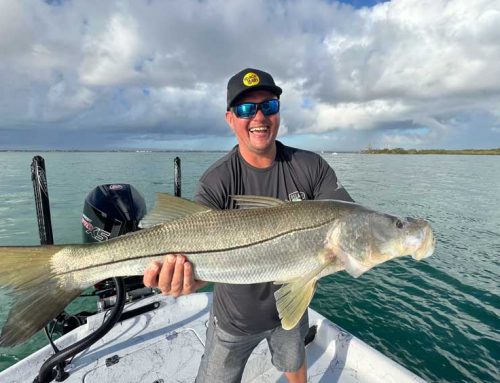


Leave A Comment
You must be logged in to post a comment.